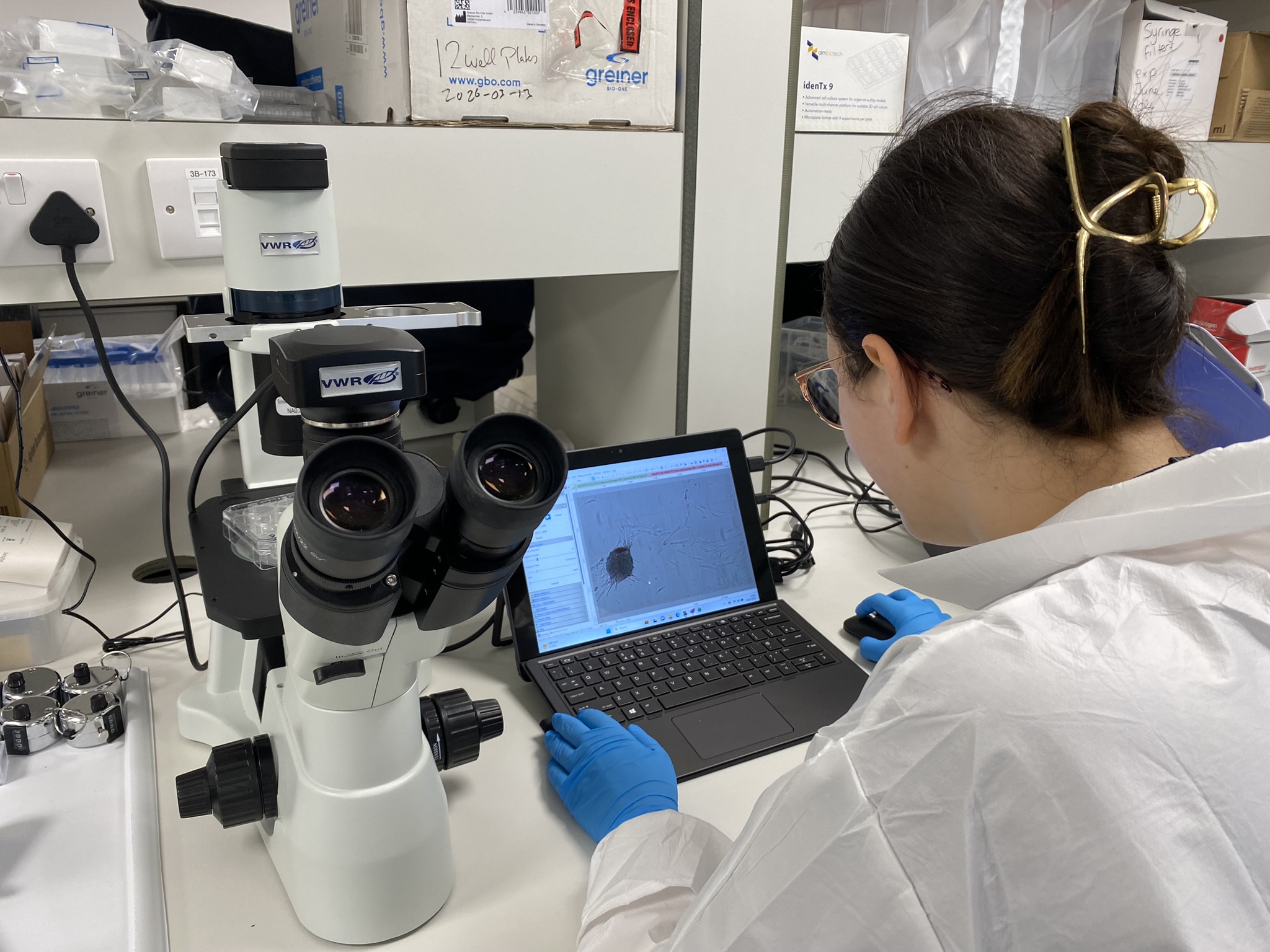Drug discovery is known for its high attrition rates that lead to significant investments of both cost and time. But the emergence of patient-derived cells (PDCs) is on track to revolutionise this process, offering a promising route to more efficient and effective drug development.
In this blog, the Inaphaea team explores the potential of PDCs and their role in shaping the future of drug discovery.
In the pharma industry, it is widely acknowledged that drug target validation needs to be carried out more effectively. Drug discovery is a challenging process, with a low probability for any individual project to result in the successful development of a useful novel therapeutic. Data suggests that poor prediction of efficacy remains the main cause of attrition and clinical failure. Traditionally, drug discovery has relied on 2D cell cultures, often using non-human species. But animal disease models rarely reflect and represent the real causes, complexities, and phenotypes of human disease.
The rise of 3D organoids is paving the way for more accurate preclinical models that closely mirror human physiology and pathology. The humanisation of the early phases of drug target validation has the potential to significantly improve how we validate targets for drug discovery.
Human-relevant models
The number of companies, including big pharma, that are creating organoids that reflect human disease with human cells is rising rapidly, demonstrating the role of humanised models in improving the validation process and expediting the development of novel treatments.
What sets PDCs apart is their direct derivation from patient biopsies, bridging the translational gap between the lab and the clinic. These cells offer a unique opportunity to study disease mechanisms and drug responses in a patient-relevant context, facilitating more personalised and targeted treatments.
Whilst the potential applications for PDCs extend beyond oncology, their use in cancer research is particularly profound. With cancer cells characterised by rapid proliferation, PDCs derived from cancer patients serve as invaluable tools for screening drug sensitivities and exploring new therapeutic options.
PDCs hold exciting potential as a cornerstone of future drug discovery. By leveraging the unique insights offered by PDCs, researchers can accelerate the development of innovative therapies.
Platform for drug discovery
Inaphaea is at the forefront of harnessing the power of PDCs. In building our services around PDCs, we offer a versatile platform for drug discovery. Our PDCs can be utilised in several ways – licensed for use in your own lab, with your own scientists, team, and facilities, or they can be used in Inaphaea’s lab with your protocol, our protocol, or even without a protocol at all – in our ‘sandpit’ approach that allows for discussion and collaboration.
The effectiveness of Inaphaea’s approach is also evidenced by the fact our parent company ValiRx, which develops therapeutic compounds through pre-clinical development, utilises our assays for the evaluation of its drug pipeline.
Inaphaea boasts a diverse range of patient-derived cells that have been processed to optimise their growth in cell culture. With over 500 samples currently stored and available for expansion, our biobank represents a rich resource for researchers. In addition, we provide the option to develop bespoke models from freshly obtained biopsy samples.
Discuss your assay development project with our lab team today. Get in touch here.
